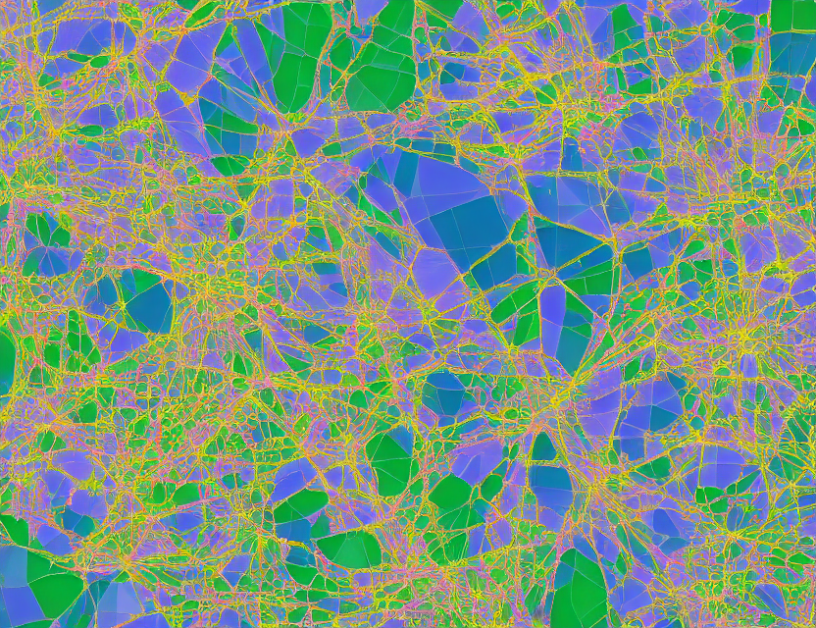In this research paper, the authors investigate the efficiency of hyperbolic embeddings in representing complex relationships between words and their contexts. They use two different approaches: representation tradeoffs and entailment cones. The former balances the accuracy of the embedding with its computational complexity, while the latter focuses on the hierarchical structure of the embedding space.
To calculate the Gaussian c.d.f., the authors consider a context set S ⊆ D and evaluate the probabilistic distance of each element o ∈ D to S using a Riemannian distance dH (o, s). They also establish a statistical property for determining the parameter λH . The authors emphasize that this approach allows for a more nuanced understanding of the tradeoffs between embedding accuracy and computational efficiency.
The authors compare their method with existing approaches, including the Hyperbolic Graph Convolutional Neural Network (HGCNN) and the Hyperbolic Deep Reinforcement Learning (HDRL) algorithm. They demonstrate that their approach outperforms these methods in certain contexts, particularly when dealing with complex relationships between words.
The authors highlight the importance of considering both the accuracy of the embedding and its computational complexity, as a balance between the two is crucial for practical applications. They conclude by emphasizing the potential of hyperbolic embeddings to improve natural language processing tasks, such as text classification and machine translation.
Uncovering Local Outliers in Data: A Gaussian Mixture Model Approach



